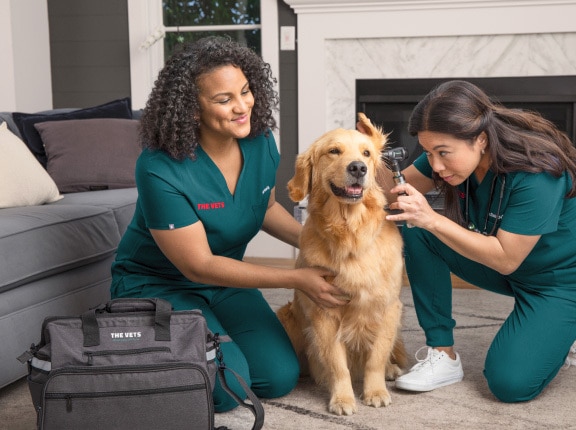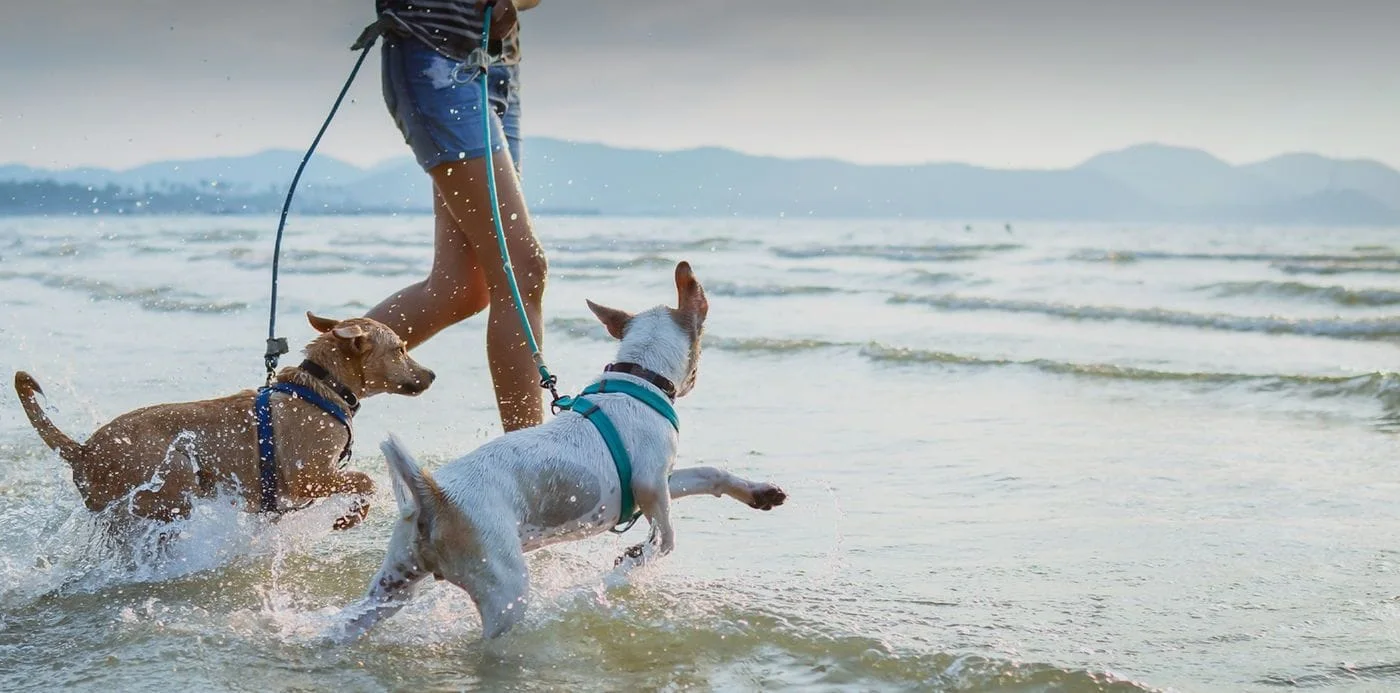How to Tell It’s Time to Call a 24 hour vet near me
How to Tell It’s Time to Call a 24 hour vet near me
Blog Article
All Concerning Vet Surgical Procedure: Recognizing the Significance of Specialist Take Care Of Your Animals
Veterinary surgical treatment is a vital part of pet dog healthcare. It incorporates different procedures, from routine optional surgical procedures to immediate interventions. Comprehending the ins and outs of these surgical procedures can aid animal owners make informed choices. The prep work, implementation, and healing phases are necessary for ensuring the health of animals. With correct understanding, proprietors can navigate the intricacies of vet treatment. What factors should be taken into consideration prior to a pet dog undertakes surgical procedure?
Sorts Of Vet Surgeries
When a pet needs medical intervention, understanding the different sorts of veterinarian surgical procedures can help pet dog proprietors make notified choices. Vet surgical procedures can be extensively categorized right into three major types: elective, urgent, and emergency surgical procedures. Elective surgical procedures, such as spaying or neutering, are intended treatments that are not instantly lethal. Immediate surgical procedures, like those for international body removal, should be carried out quickly however are not deadly in the moment. Emergency situation surgeries, such as those addressing serious trauma or inner bleeding, are critical and call for immediate attention.Additionally, surgeries can vary in complexity, ranging from minimally invasive laparoscopic procedures to much more extensive open surgeries. Each sort of surgical procedure lugs its very own threats and recuperation procedures. Recognizing these categories allows pet proprietors to involve in meaningful discussions with veterinarians, causing better end results for their cherished pet dogs.
Preparing for Your Pet's Surgery
Getting ready for a pet dog's surgery entails a complete list to ensure all basics are covered. Efficient communication with the veterinarian is vital for recognizing the treatment and any type of required pre-operative actions - tplo surgery for dogs. Furthermore, having clear post-operative care guidelines will help proprietors provide the ideal assistance for their recovering pets
Pre-Surgery Checklist Fundamentals
Guaranteeing a smooth medical experience for a family pet requires cautious prep work and interest to information. A pre-surgery checklist is essential for animal owners to adhere to. Verifying the arranged surgical procedure day and time is vital. Owners should likewise validate that their pet has not eaten according to the vet's instructions, normally for 8-12 hours before surgical treatment. Collecting essential clinical records, including vaccination background, is necessary for the veterinarian's evaluation. It is additionally recommended to prepare a comfy room at home for the pet dog's healing after surgical procedure. Ultimately, owners ought to have a prepare for transport to and from the vet facility, seeing to it that the pet is safe and comfy throughout the trip. Complying with these steps can significantly boost the surgical experience.
Communicating With Your Veterinarian

Effective communication with the vet is necessary for a successful surgical experience for pet dogs. Owners need to be prepared to review their animal's case history, including any type of pre-existing conditions, medicines, and allergies. This information aids the vet evaluate risks and tailor the medical strategy appropriately. Additionally, animal proprietors should ask concerns concerning the treatment, anesthetic, and anticipated outcomes to ensure they totally understand the procedure. Clearing up any questions can ease anxiousness for both the animal and the proprietor. It is likewise vital to connect any type of behavioral adjustments or issues observed in the pet dog leading up to the surgical treatment. Eventually, clear dialogue cultivates trust and partnership, ensuring that family pets obtain the very best feasible care during their medical trip.
Post-Operative Treatment Instructions
After going over the operation with the veterinarian, family pet proprietors need to focus on post-operative treatment instructions to help with a smooth recuperation for their family pets. These instructions generally include monitoring the medical site for indications of infection, such as soreness or discharge. Pets may require to be kept tranquil and restricted to stop excessive activity that might interfere with healing. Discomfort management is crucial, so owners should comply with the vet's guidance on providing medicines. In addition, nutritional restrictions may be encouraged to avoid intestinal distress. Routine follow-up consultations are essential to ensure appropriate healing and deal with any type of worries. By adhering to these post-operative treatment guidelines, pet dog proprietors can substantially add to their pet's recovery and overall wellness.
The Surgical Refine Explained
The surgical process for animals incorporates important actions that guarantee their safety and recovery. Pre-surgery prep work are essential for decreasing risks, while post-operative treatment guidelines play a crucial duty in promoting healing. Comprehending these components aids animal proprietors navigate the surgical experience better.
Pre-Surgery Preparations
Before an animal undergoes surgical procedure, several vital preparations must occur to ensure a risk-free and successful procedure. Initially, a complete veterinary examination is necessary to examine the pet dog's total health and identify any kind of potential dangers. This may include blood examinations, imaging, or various other diagnostics. The veterinarian will certainly also talk about anesthetic choices customized to the animal's certain demands. In addition, pet proprietors are typically advised to keep food and water for a specified time before surgery to minimize the danger of complications throughout anesthetic. It's crucial for owners to provide a complete medical background, consisting of any type of drugs or allergies, making certain the medical group has all essential information. Correct communication and adherence to pre-surgery guidelines can significantly boost the end result of the treatment.
Post-Operative Treatment Guidelines
Correct post-operative treatment is necessary for making certain an animal's recovery complying with surgical treatment. After the procedure, animals ought to be checked carefully for any type of signs of issues, such as extreme blood loss, swelling, or unusual actions. It is necessary to adhere to the veterinarian's guidelines regarding medicines, including pain relievers and prescription antibiotics. Animals must be maintained in a quiet, comfy setting to reduce stress and anxiety and promote healing. Limiting activity is important; short, leashed strolls may be needed, yet jumping or running need to be prevented. Regular follow-up appointments ought to be set up to evaluate the healing procedure. Furthermore, the surgical site must be maintained clean and dry, with any type of signs of infection reported to a veterinarian immediately. Abiding by these guidelines improves healing results.
Anesthesia and Pain Monitoring
Efficient anesthesia and discomfort management are important components of veterinary surgical procedure, making certain that pets continue to be comfortable and safe throughout the treatment. Veterinarians assess each pet dog's private requirements, considering elements such as age, weight, health and wellness standing, and the kind of surgical procedure being performed.Anesthesia methods commonly include a combination of pre-anesthetic drugs, induction agents, and inhalant anesthetics, permitting accurate control over the animal's degree of consciousness. Tracking during surgical treatment is critical; veterinarians constantly observe crucial indicators to deal with any kind of potential issues promptly.Pain monitoring approaches may entail opioids, non-steroidal anti-inflammatory drugs (NSAIDs), and neighborhood anesthetics, tailored to the pet dog's specific circumstance. This complex method assists decrease discomfort and advertises a smoother surgical experience. By focusing on effective anesthesia and pain administration, veterinary experts boost the general welfare of pets going through operations, guaranteeing they get the highest standard of treatment.
Post-Operative Treatment and Recovery
Following surgery, the focus shifts to post-operative treatment and recuperation, which is crucial for making certain a family pet's secure veterinary medicine degree go back to typical tasks. Throughout this duration, pet dogs need a silent, comfortable setting to aid recovery. Proprietors ought to very closely check their family pets for any indicators of pain or uncommon behavior.Veterinary standards frequently consist of specific guidelines associated with medicine management, wound treatment, and dietary changes. It is vital to adhere to these referrals to minimize complications and advertise healing. Family pets may require to be restricted from strenuous activities, such as running or leaping, throughout their healing period (canine tplo surgery).Regular follow-up consultations with the veterinarian enable monitoring of the family pet's progress and prompt adjustments to the treatment plan. Giving psychological support and friendship can additionally enhance a pet's healing experience, aiding to reduce stress and anxiety and anxiety. Overall, thorough post-operative care plays a substantial function in achieving a successful recuperation
Identifying Problems After Surgery
How can family pet proprietors recognize issues after surgery? Recognition of details signs is necessary for ensuring the well-being of pets during recovery. Typical signs consist of extreme swelling, inflammation, or discharge at the medical site, which may signify infection. Additionally, consistent discomfort, indicated by whining or reluctance to relocate, should trigger instant interest. Adjustments in hunger or water consumption can additionally show complications; a reduction in these habits may signify pain or distress.Moreover, animal proprietors ought to check their pets for any unusual habits, such as sleepiness or trouble breathing, as these can be signs of serious concerns. Vomiting or looseness of the bowels adhering to surgical treatment might call for immediate vet assessment. Recognizing these difficulties early can substantially affect a family pet's recuperation process, highlighting the importance of caution and punctual interaction with a vet for any worrying signs and symptoms.
The Role of Veterinary Specialists in Surgical Treatment
Veterinary specialists play an important role in ensuring the safety and security and success of surgeries for pet dogs, especially adhering to surgical treatment when keeping track of and treatment are vital. These specialists consist of veterinarians, veterinary professionals, and support team, all of whom add specialized skills to the surgical process.Before surgical procedure, vets perform comprehensive examinations to examine the pet's health, guaranteeing that any type of underlying problems are managed. Throughout the treatment, the medical team supplies anesthesia, maintains clean and sterile atmospheres, and monitors vital indicators, all essential for minimizing risks.Post-operative treatment is similarly significant; vet experts observe for issues, handle discomfort, and guide proprietors on recovery techniques. Their proficiency enables them to identify early signs of distress or infection, ensuring prompt intervention. Ultimately, the joint efforts of vet professionals in medical care cultivate a risk-free environment, advertising the well-being of pets throughout the surgical trip.

Frequently Asked Concerns
Just how Do I Select the Right Veterinary Cosmetic Surgeon for My Pet dog?
Picking the right vet surgeon entails looking into certifications, reading testimonials, and examining the clinic's atmosphere. It is important to assess the doctor's experience with particular procedures and their interaction style when deciding.
What Are Usual Misconceptions About Vet Surgeries?
Typical misunderstandings vets around my area regarding veterinarian surgical treatments consist of ideas that they are constantly high-risk, unnecessary, or for emergencies. Numerous animal proprietors take too lightly the advantages of preventative treatments and the skill associated with vet medical care.
Exactly How Much Will My Family pet's Surgical procedure Price?
The expense of a pet dog's surgical procedure can differ substantially based upon elements such as the type of treatment, the vet's experience, and imp source geographic location (emergency vet). Typically, expenditures vary from a few hundred to a number of thousand dollars

Can My Animal Consume Before Surgery?
Prior to surgical procedure, it is typically recommended that family pets abstain from eating for a specific period. This fasting helps in reducing the danger of complications throughout anesthesia. Proprietors must consult their veterinarian for specific instructions tailored to their animal's demands.
Suppose My Pet Has Pre-Existing Health And Wellness Issues?
When a family pet has pre-existing health conditions, it's vital for the veterinarian to assess these elements before surgical treatment. This analysis warranties appropriate safety measures are taken, decreasing threats and maximizing the pet dog's overall safety throughout the procedure.
Report this page